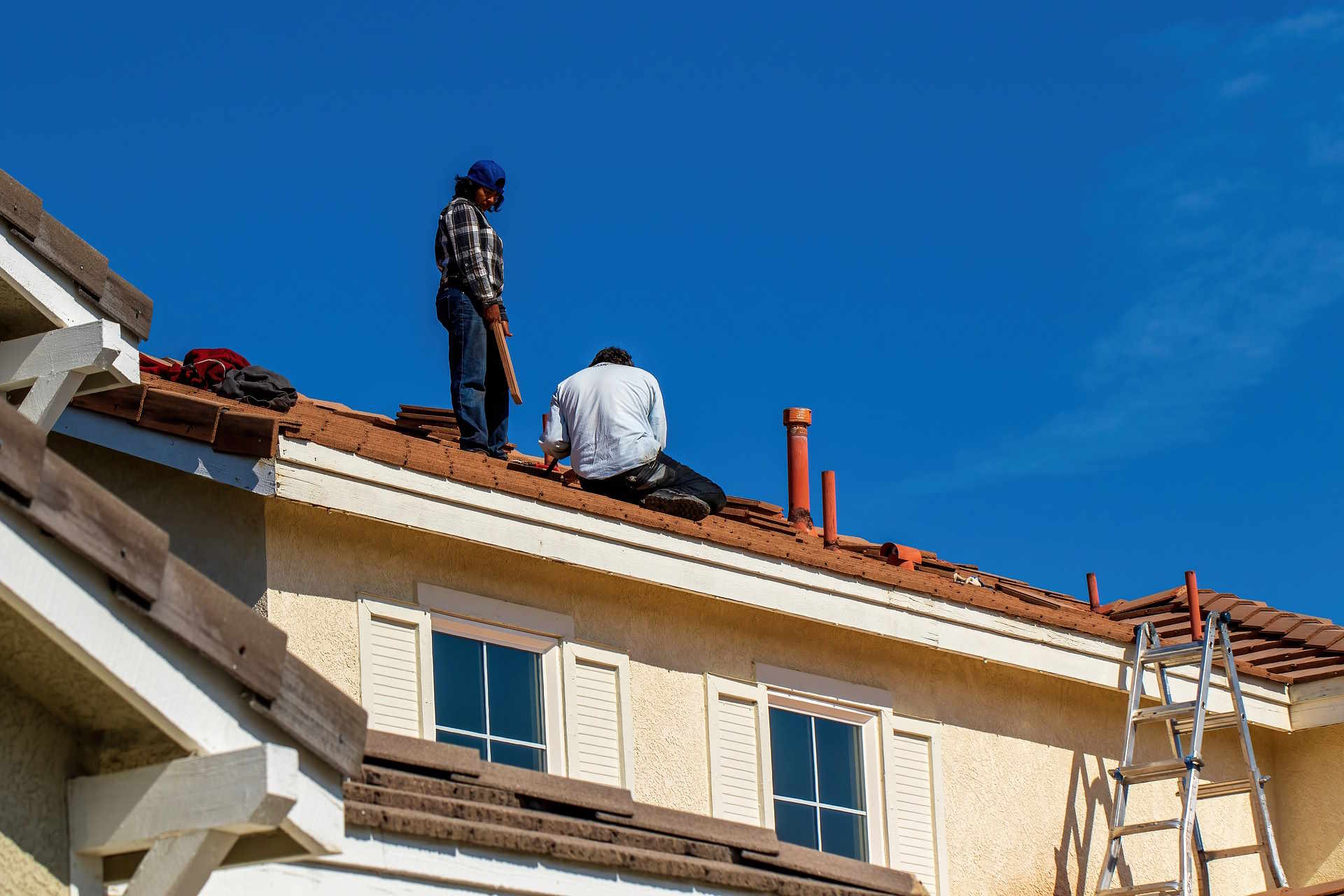Refresh Your Home Exterior: Complete House Painting Guide
Exterior painting can dramatically improve curb appeal, protect siding, and boost property value. This comprehensive guide explains surface preparation, paint selection (including why 100% acrylic latex is often best), color decisions, cost expectations, and whether to hire pros or DIY. Learn practical tips to get a durable, attractive finish.

Exterior painting is one of the most effective home improvements for improving curb appeal and shielding your property from weather. A well-executed paint job not only refreshes appearance but also prevents moisture damage and extends the life of siding, trim, and woodwork. This guide walks you through prepping surfaces, choosing materials and colors, cost considerations, and practical tips to ensure a professional-looking outcome.
Preparing surfaces for exterior painting
Preparation determines the final result. Start by removing dirt, mildew, and loose paint so the new coating can bond properly. Common steps include:
- Clean: Use a pressure washer or scrub with a quality detergent for stubborn grime. Be careful with pressure settings around delicate siding.
- Remove loose coatings: Scrape peeling paint and sand rough edges for a smooth transition between old and new finishes.
- Repair: Replace rotted wood, fill cracks and holes with exterior-grade filler, and make sure surfaces are stable and dry before painting.
- Seal gaps: Apply exterior caulk around windows, doors, and trim to block moisture and improve energy efficiency.
- Prime: Use a high-quality primer matched to the substrate and the paint type to improve adhesion and achieve true color. Primer is especially important on bare wood, metal, or patched areas.
Taking the time to do these tasks properly pays off in longevity and appearance.
Best paint types for exterior use
The paint you choose affects durability, color retention, and maintenance. For most exterior surfaces, 100% acrylic latex paints are recommended because they:
- Offer excellent adhesion and flexibility as temperatures change
- Resist fading, chalking, and mildew
- Allow moisture vapor to escape, reducing blistering and peeling
Oil-based paints still have a place—particularly on previously oil-painted surfaces or areas that need exceptionally hard finishes—but they are harder to clean up, have stronger odors, and are less environmentally friendly. Use paint formulations designed for your substrate (wood, fiber cement, stucco, or metal) and follow manufacturer recommendations for primer and topcoat compatibility.
Choosing exterior colors that work
Color selection should balance personal taste with architectural style and the local environment. Consider these tips:
- Study your home’s architecture: Historic homes often look best with traditional palettes; modern homes can handle bolder contrasts.
- Look at the landscape and neighborhood: Roof color, greenery, and neighboring houses influence how shades read outdoors.
- Test samples: Apply several swatches to different walls and observe them at morning, midday, and evening light.
- Scale up mentally: Colors can appear lighter on large façades; opting for a slightly deeper shade can avoid a washed-out look.
- Coordinate trim and accents: Trim, doors, and shutters frame the house—choose complementary or accent colors for visual balance.
Also check any HOA or local design guidelines before settling on a palette.
Hiring a professional vs. DIY
Deciding whether to hire painters or do the work yourself depends on scope, skill, time, and budget. Consider:
- Complexity and height: Multi-story homes, steep roofs, or intricate trim are safer and faster for professionals.
- Time and skill: Pros bring experience, equipment, and efficient workflows; DIY can be cost-saving on small jobs if you have the time and competency.
- Warranty and guarantees: Contractors often offer workmanship warranties and handle permits, scaffolding, and large-surface challenges.
- Safety and equipment: Painting exteriors can require ladders, lifts, and fall protection—factors that favor hiring licensed teams.
If you opt for a contractor, get multiple quotes, ask for references, check insurance and licensing, and review sample contracts.
| Service | Provider | Cost Estimation |
|---|---|---|
| Exterior Painting (1,500 sq ft home) | National Average | $3,000 - $6,000 |
| Professional Painting Service | Local Contractors | $2,500 - $7,500 |
| DIY Painting Materials | Home Improvement Stores | $500 - $1,500 |
| Power Washing (Pre-painting) | Pressure Washing Services | $250 - $500 |
| Paint Removal (if necessary) | Specialized Contractors | $1,000 - $3,000 |
Prices, rates, or cost estimates mentioned in this article are based on the latest available information but may change over time. Independent research is advised before making financial decisions.
Practical tips for a successful exterior paint job
- Time your project: Aim for dry weather with moderate temperatures—late spring or early fall are often ideal. Avoid painting in direct, intense sun or when rain is forecast.
- Invest in quality materials: Higher-grade paints and tools may cost more up front but cover better and last longer.
- Work from the top down: Start at the highest point and progress downward to avoid streaks and drips on freshly painted surfaces.
- Apply multiple thin coats: Thin, even layers adhere better and produce a smoother finish than a single heavy coat.
- Don’t forget trim and details: Painting trim, shutters, and doors completes the look and protects vulnerable edges.
- Respect drying times: Follow manufacturer instructions for recoat windows and curing times, especially in humid or cool conditions.
- Prioritize safety: Use stable ladders or scaffolding, wear protective gear when pressure washing or sanding, and consider hiring pros for high or complex areas.
A well-planned exterior paint project enhances appearance and protects your home for years. Whether you tackle the job yourself or hire experienced contractors, proper surface prep, the right paint, and careful application are the keys to lasting results.






